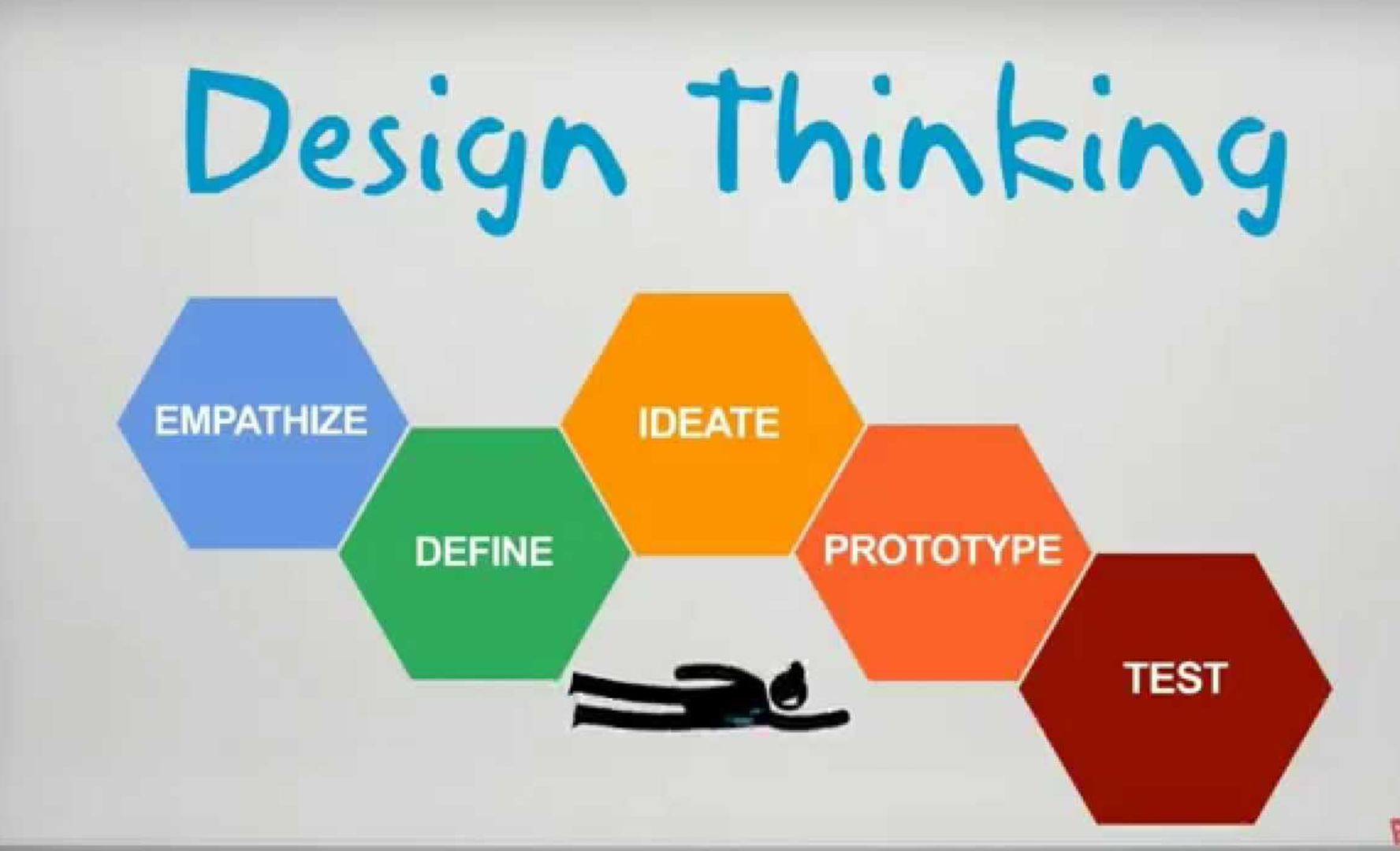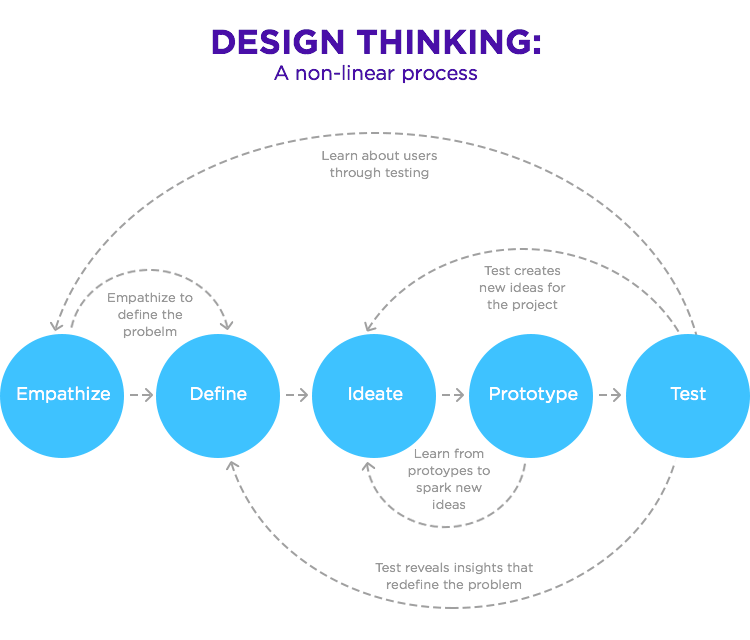Table Of Content

The second phase of design thinking is developing solutions to the problem (which you now fully understand). When a team from MIT’s Integrated Design and Management program together with the design firm Altitude took on that task, they met with walker users to interview them, observe them, and understand their experiences. Imagine you are designing a new walker for rehabilitation patients and the elderly, but you have never used one. Certainly not, if you haven’t extensively observed and spoken with real customers. There is a reason that design thinking is often referred to as human-centered design. In the define phase, use the data gathered in the empathize phase to glean insights.
Design Thinking: The Ultimate Guide
Once the team accumulates the information, they analyze the observations and synthesize them to define the core problems. Traditionally, companies begin with feasibility or viability and then try to find a problem to fit the solution and push it to the market. Design thinking reverses this process and advocates that teams begin with desirability and bring in the other two lenses later. Wicked problems demand teams to think outside the box, take action immediately, and constantly iterate—all hallmarks of design thinking. In the Define stage, you will organize the information you have gathered during the Empathize stage.

David J. Bland planned a book using the design thinking methodology
It primarily originates from software development and borrows from disciplines such as manufacturing and project management. The team focuses on strategic thinking, problem-solving and the cognitive aspects of design. It involves research and analytical thinking to ensure that design decisions are purposeful. The Head, Heart, and Hand approach by AIGA (American Institute of Graphic Arts) is a holistic perspective on design.
Design thinking program helps middle school girls build creativity and problem-solving skills, study finds - Bryant University
Design thinking program helps middle school girls build creativity and problem-solving skills, study finds.
Posted: Wed, 10 May 2023 07:00:00 GMT [source]
Creative Thinking: Inspired Lessons from Leonardo Da Vinci’s
What he saw led him into the design thinking process, proposing solutions and even welding his own prototypes to collect data. The main value of design thinking is that it offers a defined process for innovation. While trial and error is a good way to test and experiment what works and what doesn’t, it’s often time-consuming, expensive, and ultimately ineffective. On the other hand, following the concrete steps of design thinking is an efficient way to develop new, innovative solutions. The first, and arguably most important, step of design thinking is building empathy with users.
The Ultimate Guide to UX User Stories [With Examples]
But it is a step-by-step process used to create and generate innovative solutions. Let’s dig deeper into this article to know more about Design Thinking. Throughout this stage of the Design Thinking process, you’ll continuously refer back to your problem statement. As you prepare to move on to the next phase, you’ll narrow it down to a few ideas, which you’ll later turn into prototypes to be tested on real users.
What is Agile project management?
Design thinking isn’t just for “things.” If you are only applying the approach to physical products, you aren’t getting the most out of it. Design thinking can be applied to any problem that needs a creative solution. When Eppinger ran into a primary school educator who told him design thinking was big in his school, Eppinger thought he meant that they were teaching students the tenets of design thinking.
Step 2. Define
You can use this template to record the feedback, insights, and experiences of your testers, and identify the success and failure points in your proposed solution. To get the most out of a design thinking exercise, you’ll need a collaborative and creative mindset within your team. The team needs to be willing to explore new ideas, and laser-focused on customer or user needs. Although these steps appear to be sequential, it’s important to point out that design thinking doesn’t follow a strictly linear process. At each stage in the process, you’re likely to make new discoveries that require you to go back and repeat a previous step. Join Perry and Jeremy in Stanford Online’s Creativity and Design Thinking program and learn how to use design thinking to find innovative solutions to problems you face.
Also, in this stage, refinements and alterations can be made to strike the problem solutions and derive a deep understanding of the product and users. By the end of this stage, the design team will finalize the idea of the product's constraints. The team should have a clear view of how the users would react, think, and understand the end product when working on it. Unlike problem-based thinking, which tends to fixate on obstacles and limitations, the Design Thinking process is all about outcomes. It provides a non-linear series of steps that you can follow to come up with innovative, actionable ideas. The design sprint is Google Ventures’ version of the design thinking process, structured to fit the design process in 1 week.

Through intellectual rigor and experiential learning, this full-time, two-year MBA program develops leaders who make a difference in the world. The five stages of the Design Thinking structure were presented by the Hasso-Plattner Institute of Design at Stanford. This five-stage Design Thinking process model includes Empathise, Define, Ideate, Prototype, and Test.
The results generated during testing are used to redefine the problems and inform the user's understanding, conditions, and how users react, think, and feel. Empathy allows design thinkers to keep their assumptions aside to gain valuable insights into users and their requirements. Based on time constraints, an amount of data is gathered at this stage is used to process the next stage. It helps to develop the best possible way to understand users, their problems, and the requirements used for the development of a specific product.
This ensures the stages are seen more as enablers or modes of thinking, rather than concrete linear steps. Mural helps teams visualize their ideas in a collaboration platform that unlocks teamwork. This helps everyone stay on the same page, while giving them the ability to add their own ideas freely and easily.
There’s more to succeeding in business than developing a great product or service that generates a financial return. Design thinking means putting customers, employees, and the planet at the center of problem solving. Repeating this loop of prototyping, testing, and gathering user feedback is crucial for making sure the design is right — that is, it works for customers, you can build it, and you can support it.

No comments:
Post a Comment